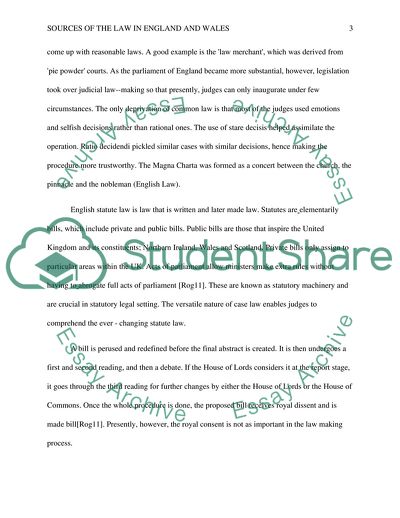Cite this document
(Sources of the Law in England and Wales Coursework - 2, n.d.)
Sources of the Law in England and Wales Coursework - 2. https://studentshare.org/law/1844602-assess-the-different-sources-of-the-law-in-england-and-wales-to-what-extent-have-external-sources-affected-its-development
Sources of the Law in England and Wales Coursework - 2. https://studentshare.org/law/1844602-assess-the-different-sources-of-the-law-in-england-and-wales-to-what-extent-have-external-sources-affected-its-development
(Sources of the Law in England and Wales Coursework - 2)
Sources of the Law in England and Wales Coursework - 2. https://studentshare.org/law/1844602-assess-the-different-sources-of-the-law-in-england-and-wales-to-what-extent-have-external-sources-affected-its-development.
Sources of the Law in England and Wales Coursework - 2. https://studentshare.org/law/1844602-assess-the-different-sources-of-the-law-in-england-and-wales-to-what-extent-have-external-sources-affected-its-development.
“Sources of the Law in England and Wales Coursework - 2”. https://studentshare.org/law/1844602-assess-the-different-sources-of-the-law-in-england-and-wales-to-what-extent-have-external-sources-affected-its-development.


